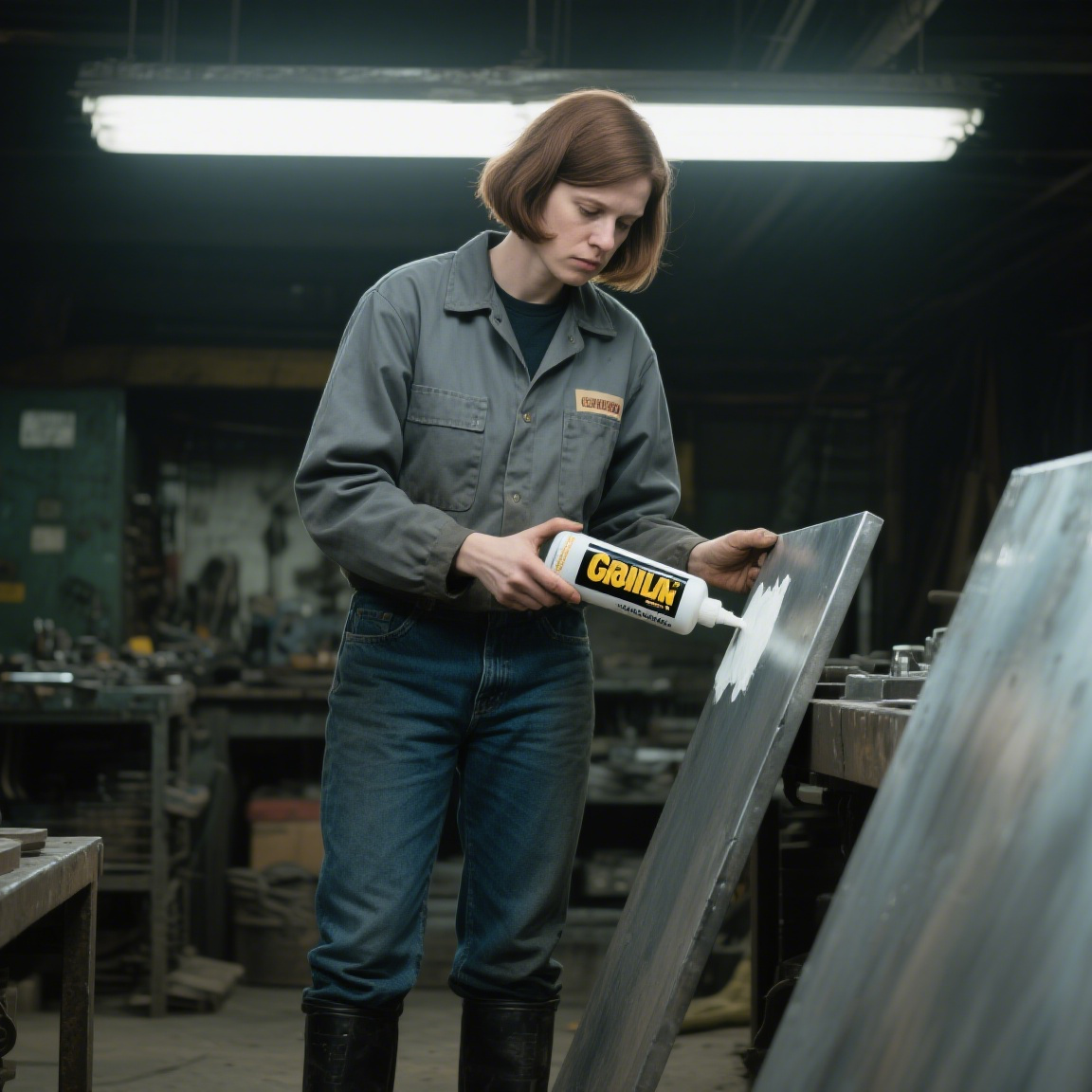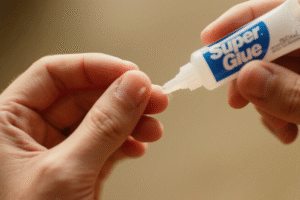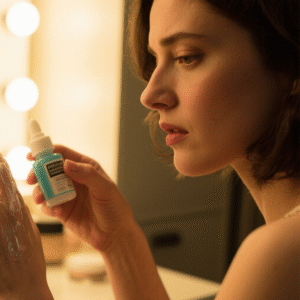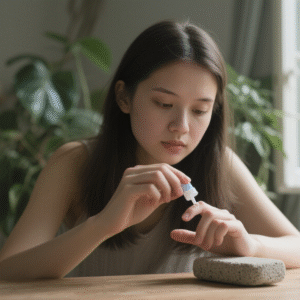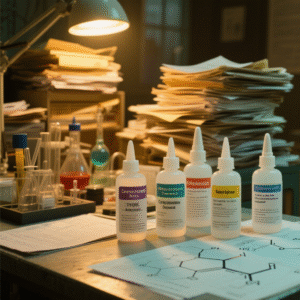How Can You Quickly Remove Super Glue from Your Fingers Without Pain?
May 23, 2025 • by XZ Chemical
How Can You Quickly Remove Super Glue from Your Fingers Without Pain?
We’ve all been there – you’re working on a project and suddenly realize your fingers are stuck together with super glue. The panic sets in as you wonder how to free yourself without damaging your skin.
The safest ways to remove super glue from fingers include soaking in warm soapy water for 15-20 minutes, gently rolling the bonded skin apart (never pulling), or using oils like coconut or olive oil to break down the adhesive gradually.
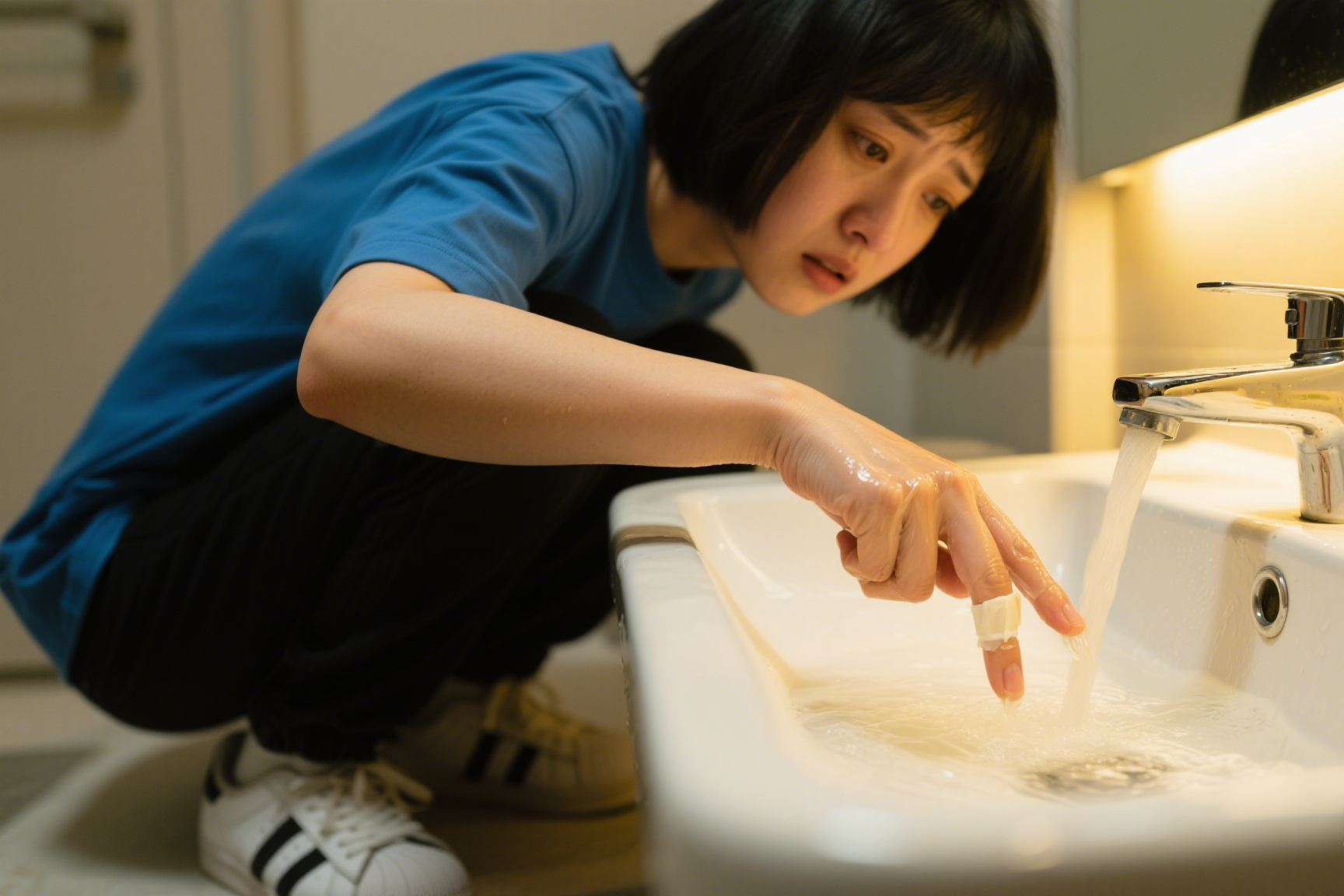
While removing glue from skin is the immediate priority, people often have other important questions about super glue’s effectiveness on different materials. Let’s explore these common concerns.
Does Gorilla Glue Create a Strong Bond on Metal Surfaces?
You’re working on a metal repair project and considering Gorilla Glue as an alternative to welding or soldering. But will it really hold metal together effectively?
Original Gorilla Glue (polyurethane-based) creates a strong bond on most metals when properly applied. However, its effectiveness varies by metal type and surface preparation, and it’s generally not as strong as specialized metal adhesives.

Understanding Gorilla Glue’s capabilities with metal requires knowing some practical details:
Metal Bonding Performance Guide
| Metal Type | Bond Strength | Recommended Prep Work | Best Alternatives |
|---|---|---|---|
| Steel | Medium-High | Sand, clean with alcohol | Epoxy, JB Weld |
| Aluminum | Medium | Light sanding, degrease | Specialized aluminum epoxy |
| Copper/Brass | Low-Medium | Thorough degreasing | Soldering, brazing |
| Stainless Steel | Low | Special primer needed | Industrial adhesives |
Key application tips I’ve learned:
- Always lightly sand shiny metal surfaces
- Dampen one surface before application
- Use clamps for 2-4 hours
- Expect some foaming/expansion
- Not suitable for high-temperature applications
Can You Use Super Glue to Repair Fabric and Clothing?
Your favorite shirt just tore and you’re wondering if super glue could provide a quick fix. But will it actually work on fabric without ruining it?
Standard cyanoacrylate super glue can temporarily bond fabric but creates stiff, brittle spots that often crack with movement. It’s better suited for emergency repairs than permanent fabric mending.
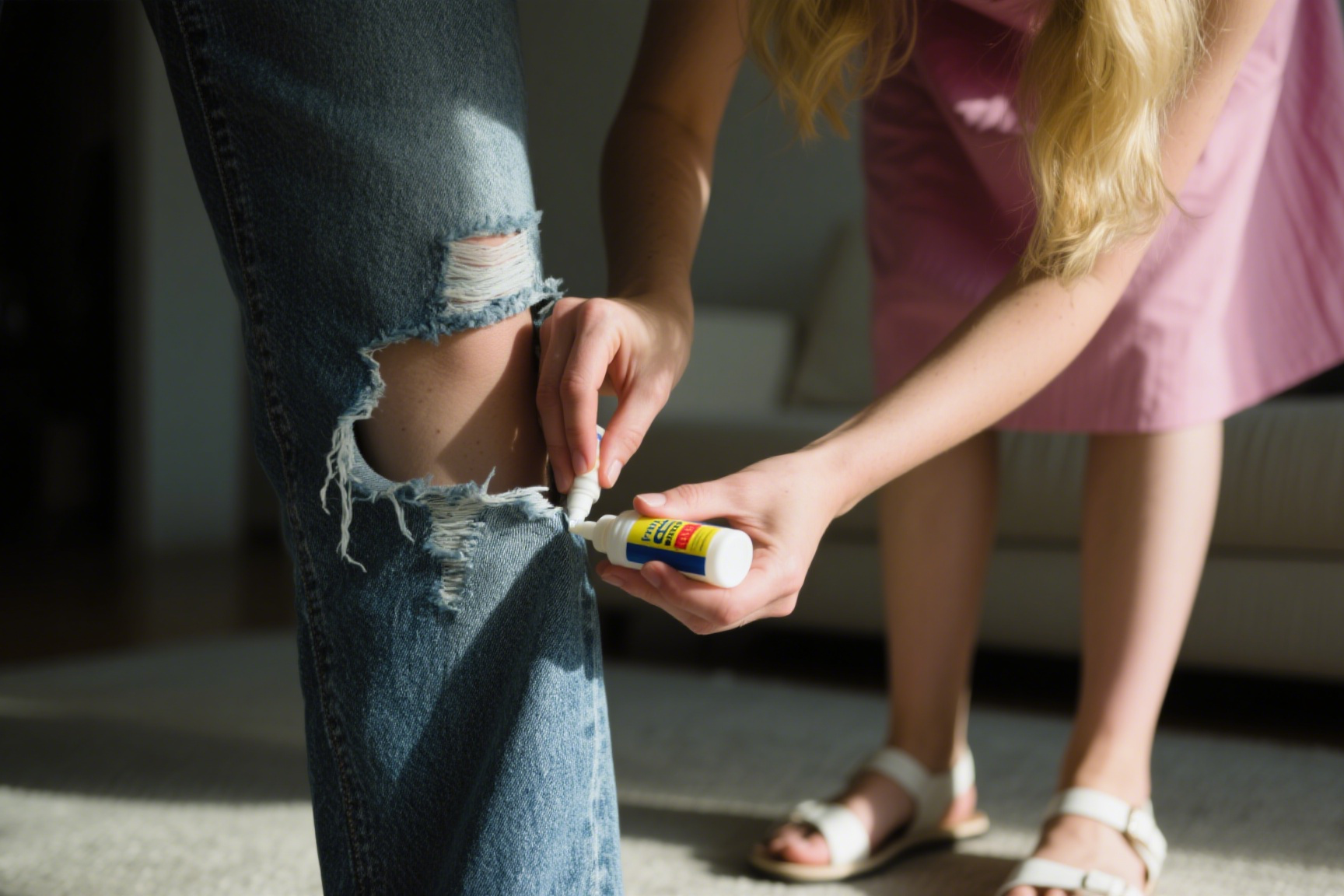
For fabric repairs, consider these better options that I’ve tested:
Fabric Repair Options Comparison
-
Super Glue (Cyanoacrylate)
- Pros: Immediate bond, waterproof
- Cons: Stiff feel, visible stains, cracks with flexing
- Best for: Emergency field repairs only
-
Fabric Glue
- Pros: Flexible when dry, washable
- Cons: Longer drying time
- Best for: Most fabric repairs
-
Fusible Web Tape
- Pros: Invisible mend, flexible
- Cons: Requires iron
- Best for: Seam repairs, hemming
Practical fabric repair tips:
- Always test on inconspicuous area first
- For small super glue spots on fabric, try acetone dab (test first)
- Put wax paper between fabric layers when gluing to prevent sticking
- For best results, hand wash glued items
How Well Does Super Glue Work on Glass Surfaces?
You’re trying to fix a broken glass item and wonder if super glue will make it look seamless. But does it create an invisible, durable bond on glass?
Super glue bonds very well to clean glass surfaces, creating nearly invisible joins. However, the bond remains brittle and won’t withstand temperature changes or impacts well compared to specialized glass adhesives.
!%5B%5D(https://ecaglue.com/wp-content/uploads/2025/05/2-4.png))
Through various glass repair projects, I’ve learned these important details:
Glass Bonding Considerations
-
Surface Preparation
- Must be completely clean (use rubbing alcohol)
- Moisture helps activate cyanoacrylate
- Rough edges bond better than smooth edges
-
Application Technique
- Use very small amounts
- Apply to one surface only
- Hold pieces firmly for 30-60 seconds
- Full cure in 8-24 hours
-
Limitations
- Not waterproof long-term
- Poor resistance to temperature changes
- UV light weakens bond over time
For better glass repairs:
- UV-curing adhesives create more durable bonds
- Epoxy provides more gap-filling capability
- Silicone-based adhesives withstand temperature changes better
Conclusion
While super glue can be quickly removed from fingers with proper techniques, its effectiveness varies greatly across materials. It bonds well to glass but poorly to fabric, while Gorilla Glue works moderately well on metal when properly prepared. Always choose the right adhesive for your specific project needs.

